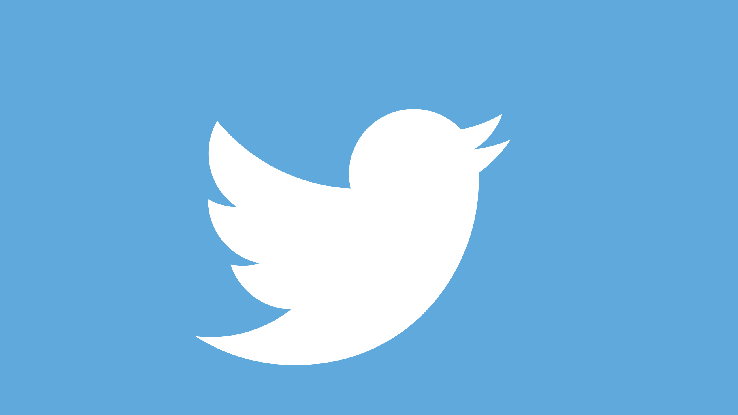Is Trump a Twitter addict?

The president of the United States cannot seem to stop tweeting. Despite stern advice from his advisors and opprobrium from the world, not a day goes by that POTUS doesn’t escalate some tension in 140 280 characters. Each of us can relate to making a social media post we regret later and vowing never to do it again — but few of us do it on such a public scale.
However, is it addiction?
The answer is surprisingly complex.
Technology-based addictions of all kinds are fairly new. Porn, shopping, social media, video game and screen addictions existed, but were rare until the advent of the smartphone. Now, tens of millions of people struggle to put down their devices even though they know better, and billions of us feel our screen-time use is excessive.
Despite the huge numbers, the scientific establishment has been very slow to acknowledge these so-called “behavioral addictions.” Only gambling is a recognized form of addiction in the American Psychology Association’s disorder bible, the DSM… so it might take a while before Twitter Response Dependence Disorder is described in the literature.
While there may be no consensus on tech addiction as a “thing,” there is no question that many technologies are addictive. Twitter for example, uses concepts from gamification to get and keep people engaged. Each time you tweet and receive a retweet, like or reply, your brain secretes a little bit of dopamine. This is a natural, evolutionary response to reinforcement, and the more you do it, the more you want to do it. Particularly if you have a large following (as @realdonaldtrump does), the intensity, volume and immediacy of reaction in the social graph can be intoxicating. In this instance, more really is more.
The desire to stop (or reduce) harmful overuse, but being unable to do so, is one of the traditional hallmarks of addiction.
Over the last decade, companies like Facebook, Twitter and Snapchat have become masters of behavioral design and gamification. They use sophisticated AI to create habit loops that are designed to get and keep you hooked for as long as possible. I know this intimately, as I’ve been the cheerleader-in-chief for gamification over the past decade, and worked with many of these companies. Today’s consumer tech giants live or die by engagement, and they can — and will — do whatever it takes to get there.
But there is hope for tech-life balance. In research for my anti-tech addiction product Onward, we found that chronic tech overusers were completely unable to estimate correctly how much time they spent online (no surprise!). We also found that users who reported feeling anxious were 2.5x more likely to act out in the next 3 hours than users who felt OK.
The upshot of these disheartening statistics is that a system designed to consider your time online and predictive states, like Onward does, can be highly effective at reducing compulsive overuse. Specifically, 89 percent of Onward users reduced their usage, and 51 percent stopped completely in our studies.
The desire to stop (or reduce) harmful overuse, but being unable to do so, is one of the traditional hallmarks of addiction. Sometimes this is a reflection of someone’s lack of willpower, physical or mental energy, fear of stigmatization and/or hopelessness. Also important, however, in treating overuse is to recognize that if the person doesn’t see it as a problem, it cannot — by definition — be an addiction.
Never mind that they are unlikely to seek help or succeed in recovery, but a lack of belief in the problem itself makes it impossible to even reach a diagnostic consensus. We believe that de-escalating the term addiction, and instead using “overuse,” is key. This allows each person to set their own limits and seek help for their issues without having to hit “rock bottom.”
That tension between desire, free will and self-harm is crucial in addressing tech-based addictions. Every time someone binge watches Netflix instead of doing their homework, they are — absolutely — making a conscious decision to do so. They derive some pleasure from (or lack thereof) choosing Stranger Things over Statistics.
An argument can be made that Twitter, Facebook, Snapchat and the like are deceiving users and pushing negative behaviors despite evidence of harm. Some have even made the comparison to big tobacco. But there is no cover up — just companies designing their products to capture the key economic value they seek — engagement.
Each person has to find (and define) their own red lines and tech-life balance.
And therein lies the rub. While POTUS’s tweets may be negative and consequential, unless he thinks he has a problem, there is no basis for asserting pathology. Like the majority of the population who feel uncomfortable with their screen time (but keep doing it anyway), he might sometimes be uncomfortable or regretful later, but the behavior is authentic, consciously done and positively reinforced (in his view). Of course, Twitter also benefits from his regular use of the platform, and so has little incentive to throttle access — no matter what the consequences.
Everything in moderation, as the famous saying goes. Each person has to find (and define) their own red lines and tech-life balance. Collectively, however, there is mounting evidence we are overusing our screens, and research suggests it’s making people unhappy. I believe we can be happier without having to give up the power of new, social technologies — but we have to want things to be different.
Of course, if @realdonaldtrump — or anyone — sincerely decides they want to change their social media habit, we’ll be there.